Practice calculating the area of a parallelogram with this set of 24 task cards designed for 6th-grade students.
What Is the Formula for the Area of a Parallelogram?
Are your students starting to learn about the many different formulas presented in math class? Students as early as third grade begin to learn area formulas, beginning with rectangles, squares, and then moving to triangles and parallelograms later in their schooling. The formula to use when finding the area of a parallelogram is:
A = b x h
This also may be written as A = bh.
Regardless of how you write the formula, A represents the area, b represents the base measurement, and h represents the height measurement.
Teach Starter has created a set of ready-to-print task cards that your students can use to practice this 6th-grade math skill. This downloadable resource has 24 task cards, a recording sheet, and an answer key. Students will use the area of a parallelogram formula for figures with the following:
- Whole numbers
- Decimals
- Fractions
Through this activity, students will practice finding the area of different parallelogram figures.
Tips for Differentiation + Scaffolding
A team of dedicated, experienced educators created this resource to support your math lessons.
In addition to individual student work time, use this set of task cards to enhance learning through guided math groups, whole class lessons, or remote learning assignments.
If you have a mixture of above and below-level learners, check out these suggestions for keeping students on track with the concepts:
🆘 Support Struggling Students
For students who need additional support, consider using the cards that only use whole numbers. Students can also use a multiplication chart to help with basic math facts.
➕ Challenge Fast Finishers
If there are students looking for an added challenge, encourage them to create a triangle or square figure with different dimensions but equal to the same area as the parallelogram.
🛴 Scoot Activity
Place the cards around the room in numerical order and give each student a recording sheet. Assign students or pairs to a starting point card. Give students time to review the card and record their answers in the corresponding space on their paper. Students will rotate to the next card when you say, “SCOOT!” Continue in this manner until students return to their starting point.
👋 Exit Ticket
Use these cards as a formative assessment after your lesson. Pick a random assortment of cards and project them on the board for the whole class to see. Students can record their answers on a sheet of paper, sticky note, or their notebook.
Easily Prepare This Resource for Your Students
Use the dropdown icon on the Download button to choose between the PDF or editable Google Slides version of this resource. A recording sheet and answer key are also included with this download.
Print on cardstock for added durability and longevity. Place all pieces in a folder or large envelope for easy access.
To keep the task cards out of pockets or under desks, punch a hole in the corner of each to place them on a binder ring.
Sustainability Tip: Print a few recording sheets on cardstock and slip them into dry-erase sleeves. Students can record their answers with a whiteboard marker, then erase and reuse them.
This resource was created by Cassandra Friesen, a teacher in Colorado and a Teach Starter Collaborator.
Don’t stop there! We’ve got more activities and resources that cut down on lesson planning time:
[resource:4960722] [resource:4959998]
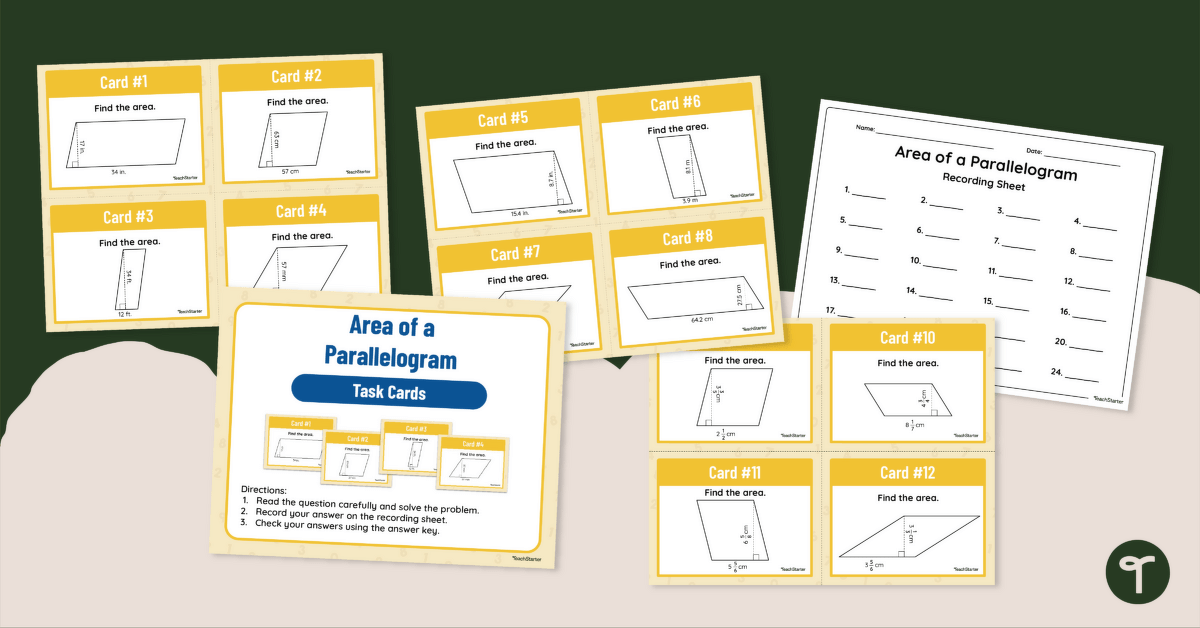

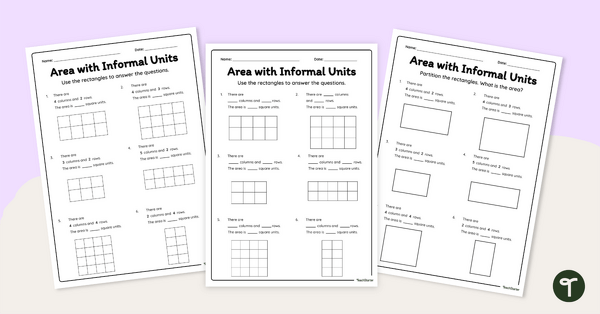
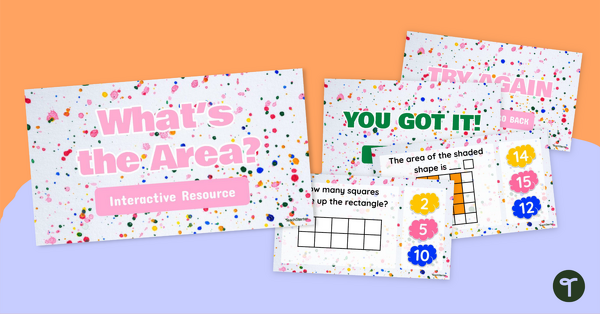
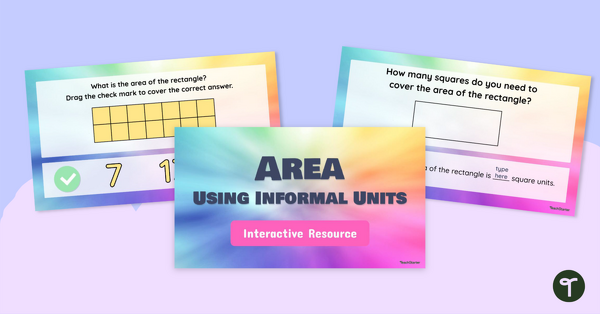
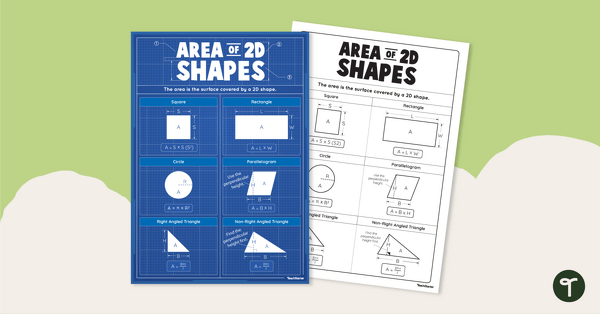


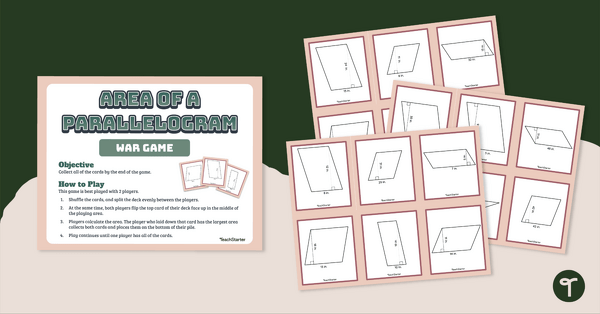
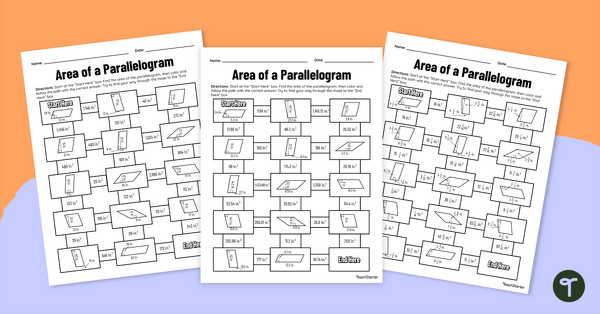

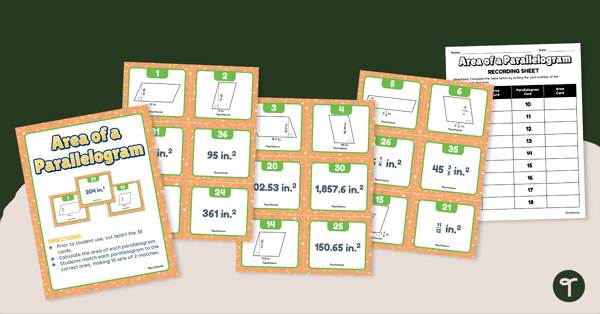
0 Comments
Write a review to help other teachers and parents like yourself. If you'd like to request a change to this resource, or report an error, select the corresponding tab above.